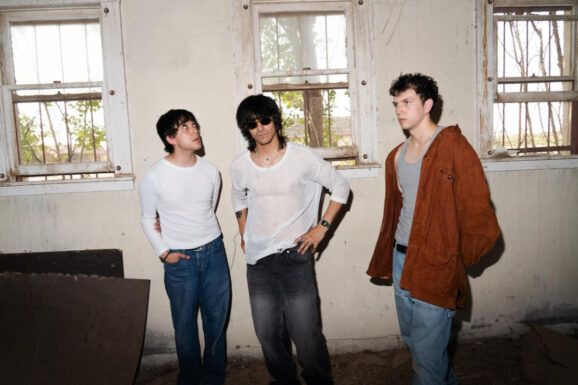Many fans and other music lovers who’d seen the Who live around the turn of the Sixties/Seventies might well have been disappointed with Live At Leeds, a concert album fifty-five years later deemed one of the ground-breaking albums of its kind in contemporary rock history.
But the fact is, without the roughly hour-long concert version of Tommy integral to the group’s two-hour-plus set, Live At Leeds (released 5/11/70) barely scratches the surface of Who concerts at this time: it contains less than half a show. Yet that was a deliberate decision for the band and its management, as the record was designed to act as a stopgap release between the aforementioned rock opera and the next album of original material from the British quartet.
Live At Leeds is a last resort to meet those demands of the marketplace. As Pete recounts in his 2012 autobiography Who I Am, he tasked Bob Pridden, principal sound engineer for the band, to record a run of shows late in 1969. When the time came to compile the live album, however, the latter had to admit to Townshend he had not annotated the collection in any way and, faced with the prospect of listening to the inordinate hours of tape, Pete ordered the whole lot to be destroyed.
Thus, a six-cut, single LP was issued, running approximately thirty-seven minutes. Taken from recordings of the Who concert at the University of Leeds, England, on 14 February 1970, the vinyl was packaged to resemble a bootleg of the era and packed with various replications of memorabilia. Still, those assets aside, and strictly on its own musical terms, the album betrays no sense that anything is missing.
Renditions of numbers like Eddie Cochran’s “Summertime Blues” and Mose Allison’s “Young Man Blues” do not bludgeon but rather uplift. Even without visual observation of their stage theatrics, the power and precision of the musicianship usually hold sway, but unfortunately, that’s not the case throughout Live At Leeds.
“Shakin’ All Over” is borderline overwrought, and the foursome meanders more than a little during the nearly fifteen-minute track titled “My Generation,” incorporating, among other teases, brief extracts from Tommy in the form of “See Me, Feel Me” as well as the ending of “Sparks.”
But on the pop-oriented “Substitute,” the thunderous propulsion of John Entwistle on bass and Keith Moon on drums underscores Townshend’s majestic power chording. The inherent drama of this carries over to Roger Daltrey’s vocals: at this point, he had fully become a singer (and a commanding stage presence).
A two-CD Live At Leeds Deluxe Edition from 2001 and the belated issue of Live At the Isle of Wight 1970 come much closer to the experience of the Who live at the time. Each is virtually a complete set and presents the foursome in almost but not quite all its glory on both CD and DVD: the onslaught of stimulation erupting from the foursome in action on stage was a performance experience nonpareil.
Discerning retrospect over a half-century reveals that the concert at Hull’s City Hall was also recorded the day after its companion from Leeds University. But the latter’s piece delivered the intended effect commercially and creatively, allowing ample time for Townshend to forge ahead with the aforementioned sequel to his rock opera.
That massive science fiction-themed project, Lifehouse, proved futile in executing its far-reaching concepts. Nevertheless, this grand(iose) ambition ultimately begat Who’s Next, one of the landmark albums not only of the era but also of this volatile band’s entire discography.










One Response
The best most profound sounding recorded live magical treat to my 65-year-old ears I have ever heard from The Who sure I love and miss John Entwistle and Keith Moon credit goes to Pete and Roger for still kicking ass but one thing I don’t understand is why you would give your drummer so much s*** glad to see you patched that up Keep On Rocking thanks for a trip back into my mind of concerts I almost forgot about God bless all of you a lifelong listener and who Junkie